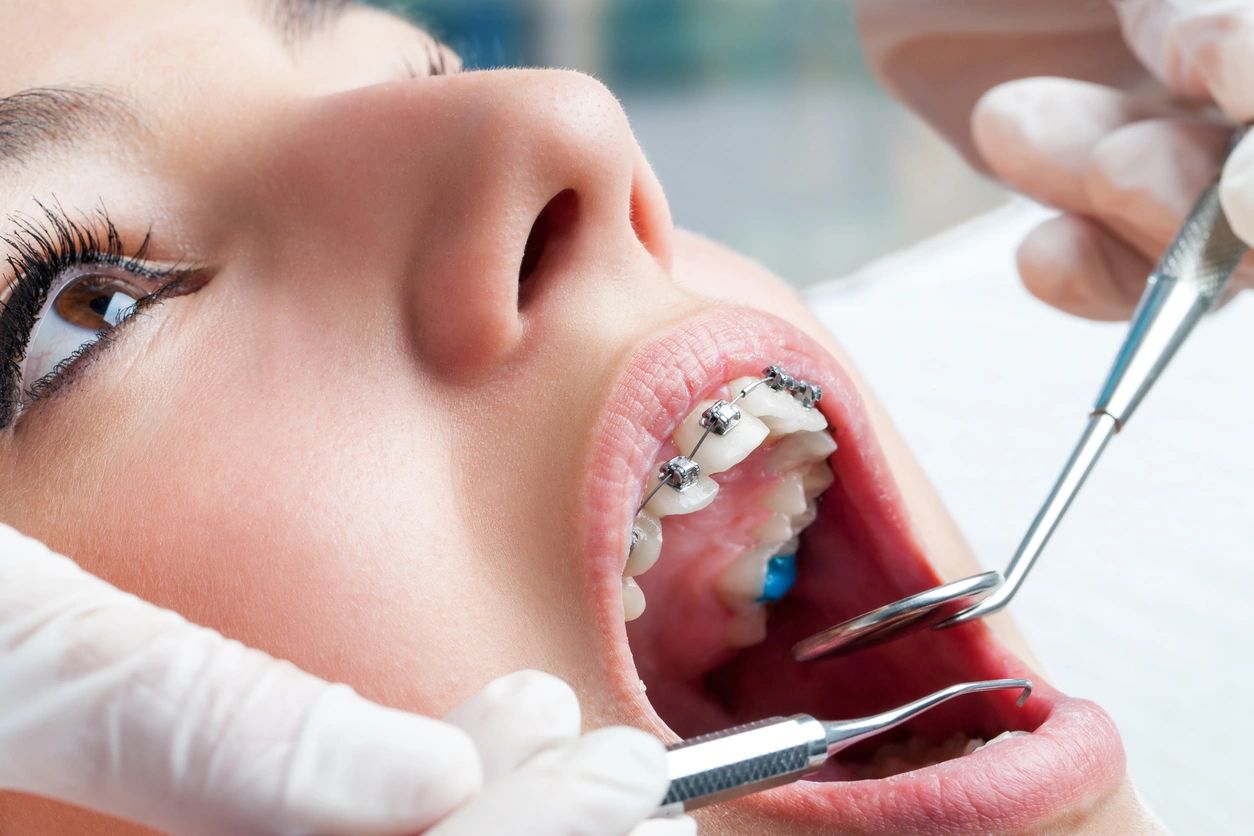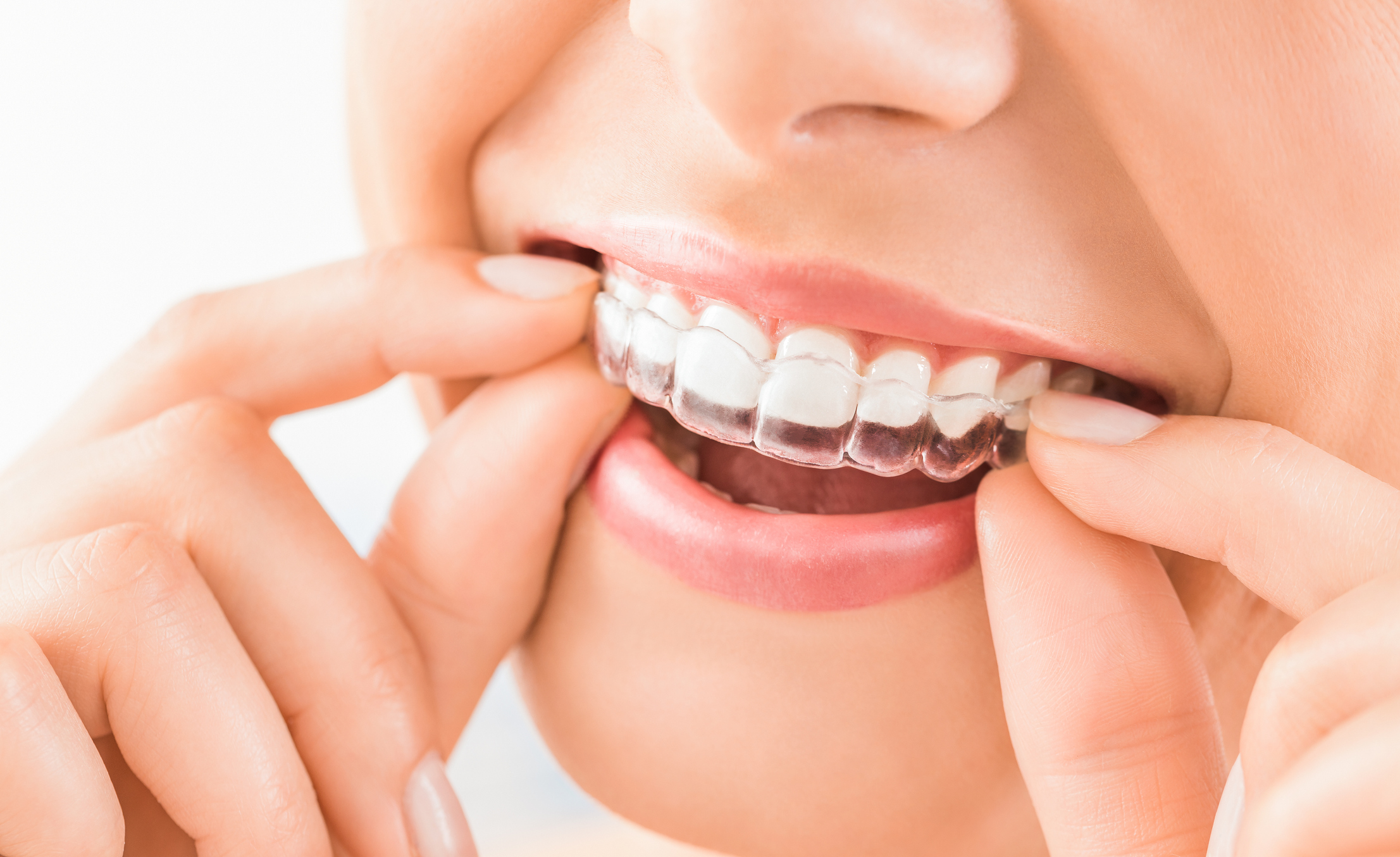Orthodontics is a field of dentistry that deals with corrections involving jaw and teeth alignment.
Adults and kids alike can benefit from orthodontic treatment with the boost in self-confidence that comes from having a great-looking smile with beautifully aligned teeth. Orthodontic treatment straightens your teeth, which effectively improve chewing, speaking and oral hygiene in certain cases.
Whether opting to do traditional braces or virtually invisible orthodontic appliances, it is possible to discover a beautiful smile you have always wished for!
Braces (Orthodontia)

Braces are applied to teeth for various reasons, including poorly aligned jaws, crooked, crowded and missing teeth, or a bad bite (also called malocclusion).
Various things can cause teeth to become crooked or jaws to be misaligned, including thumb-sucking or a traumatic injury. Some conditions are inherited.
Children between the ages of 7 and 14 are typical candidates for braces because their facial structures are still developing. Adult braces usually entail additional procedures because their faces have already fully developed.
About Braces
Braces are more effective for people with severely misaligned teeth and these braces employ the use of wires and are usually one of three types:
- Old-fashioned, conventional braces, which employ the use of metal strips, or bands.
- Metal or plastic brackets that are cemented or bonded to teeth.
- Brackets that attach to the back teeth (also called lingual braces).
Procedures
Orthodontic procedures, also called orthodontia, are complex processes.
- A dentist will make a plaster cast of the patient’s teeth and perform full X-rays of the head and mouth.
- Once orthodontic appliances (brackets and wires) are placed, they need to be adjusted from time to time to ensure that they continue to move the teeth into their correct position.
- The average orthodontic treatment lasts somewhere between 16 – 18 months, sometimes as long as 24 months. Adults are usually required to wear braces for longer periods of time.
- Retainers are used following braces to ensure that teeth remain in position.
Aesthetic and Comfort Issues
Advances in technology has vastly improved appearance and comfort of braces. Braces today are made from extremely lightweight and natural-colored materials. The brackets that braces attach to are bonded to the surfaces of teeth but can later be easily removed.
Because orthodontic appliances need to be adjusted from time to time to ensure they continue to move the teeth into their correct position, they can create pressure on the teeth and jaws cause some discomfort. This mild discomfort usually subsides following each orthodontia adjustment.
Hygiene issues
People who wear braces must consistently take care that food particles and other debris do not get trapped in the network of brackets and wires. In addition, brackets can leave stains on enamel if the area surrounding them is not cleaned on a daily basis.
This can be done by following daily oral hygiene routine such as brushing, flossing and rinsing. Some people with orthodontic appliances can benefit from using water picks, which emit small pressurized bursts of water that can effectively rinse away such debris from hard to reach spaces in between brackets.
Sadly, braces and sticky, hard foods don’t mix. Crunchy snacks and chewy substances should be avoided too at all costs because they can cause orthodontia to be loosened or damaged. That means avoid eating sticky jellies, caramels, chewing gum, hard candies and hard foods like corn on the cob, which you have bite hard into.
Space Maintainers
Space maintainers are helpful dental devices that can help teeth grow in normally following premature tooth loss, injury or other problems.
If your child loses a baby tooth early through decay or injury, his or her other teeth could shift and begin to fill the vacant space. By the time when your child’s permanent teeth emerge, there might not be enough room for them. The result is crooked or crowded teeth and difficulties with chewing or speaking.
The space maintainers can effectively help to ensure that proper spaces are maintained to allow future permanent teeth to erupt.
Invisalign®
Invisalign’s® invisible, removable, and comfortable aligners will give you the beautiful straight teeth you’ve always wanted. And best of all, it is invisible so no one can tell you’re wearing them. Invisalign® is great for adults and teenagers.
What is Invisalign®?
- Invisalign® is the invisible way to straighten your teeth without braces.
- Invisalign® uses a series of clear, removable aligners to straighten your teeth without metal wires or brackets.
- Invisalign® has been proven effective in clinical research and in orthodontic practices nationwide.

How Does Invisalign® Work?
- You wear each set of aligners for about 2 weeks, removing them only to eat, drink, brush, and floss.
- As you replace each aligner with the next ones in the series, your teeth will move little by little, week by week – until they have straightened to the their final position.
- You’ll visit us about once every 6 weeks to ensure that your treatment is progressing as planned.
- Average treatment time ranges from 9 – 15 months and the average number of aligners used during treatment is between 18 – 30, but both will vary from case by case.


